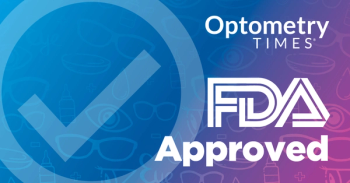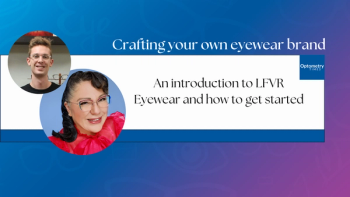
Visual acuity: Raising the bar for athlete-patients
There is little debate that vision is a critical factor in sports performance, or that visual information is the dominant sensory system when performing practically any perceptual motor task.
There is little debate that vision is a critical factor in sports performance, or that visual information is the dominant sensory system when performing practically any perceptual-motor task such as those encountered in sports.
The visual physiology attributes of athletes have been studied extensively and compared with "nonathletes," novices or athletes of varying skill levels. Some believe that the literature supports the opinion that athletes possess superior visual systems that allow them to see and process critical visual information better than their peers, while others contend that the literature does not support the opinion that visual system physiology is superior, but rather elite athletes are able to use available visual information more efficiently and effectively than novices in the sport situation.
Visual performance factors
The incidence of refractive error and visual symptoms in athletes participating at Junior Olympic Games is similar to that seen in the general population (about 20%), dispelling the idea that athletes have a lower prevalence of refractive error and vision problems.
Athletes who currently use vision correction require an evaluation to determine if the prescription is providing optimal visual performance for specific sport demands. A task analysis of the sport will assist in determining the specific visual demands, and a careful refractive analysis can establish the best refractive compensation for use in that sport.
For example, a myopic baseball player may benefit from an additional 0.25 D of minus to improve contrast judgment or when playing in twilight conditions. This prescription becomes the sport-specific prescription and is not intended for general use.
In pursuit of optimal vision
The practitioner should continue the subjective refraction until the best visual acuity is reached. Do not stop the refraction at 20/20 since the athlete may be capable of seeing 20/10 or better. In some sports, such as Major League Baseball, 20/20 is below the average found for this population. For many athletes, we need to raise the bar above 20/20 to provide optimal vision.
Guidelines have been published to assist the practitioner in determining when refractive compensation should be considered. Any patient with myopia of –0.25 D or more should be counseled on the possible benefits of refractive compensation, although correction of less than –0.50 D is not available in contact lenses.
Astigmatism has a similar effect on visual resolution, as does myopia, especially against-the-rule and oblique astigmatism. Refractive compensation should be considered with –0.50 D or more astigmatism, although with-the-rule astigmatism compensation may not yield as much improvement on clinical measures. Low amounts of hyperopia often are well tolerated without correction. However, hyperopia of +1 D or greater may require a significant amount of effort from the athlete to achieve and maintain clarity.
Low amounts of anisometropia are not always compensated for, especially when the refractive errors are low. Anisometropia of 0.50 D or more can have a detrimental effect on depth perception, and some athletes may be sensitive to that effect.
Additionally, the effects of meridional anisometropia should be considered in athletes with asymmetric astigmatism. These guidelines are useful for the practitioner to trigger the discussion of the potential benefits of a refractive prescription; the athlete ultimately makes the decision whether to experiment with a prescription.
Performing to potential
An analysis of the visual factors involved in the athletes' performance tasks can direct the practitioner in providing the optimal prescription with the most advantageous correction modality. ECPs are suited uniquely to assist in the selection of the best eyewear designs, performance tints, contact lens parameters, and protection for the athletes' eyes. Additional vision training services to remediate and enhance critical visual performance factors should be discussed with the athlete as a management option.
Most of the patients that we examine routinely are active in some sports and recreational pursuits. But patients from all walks of life can benefit from improvement in visual function in all aspects of daily life.
Graham B. Erickson, OD, FAAO, FCOVD is a professor at the Pacific University College of Optometry, Portland, OR. He has no financial interest in the subject matter.
Newsletter
Want more insights like this? Subscribe to Optometry Times and get clinical pearls and practice tips delivered straight to your inbox.
















































.png)


